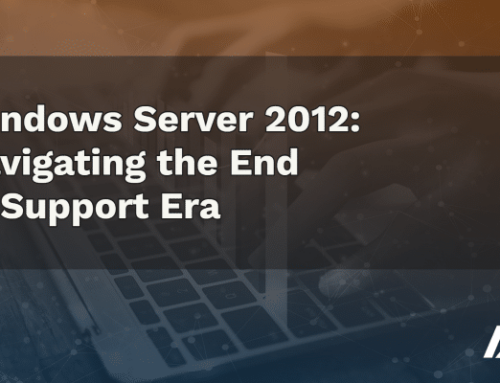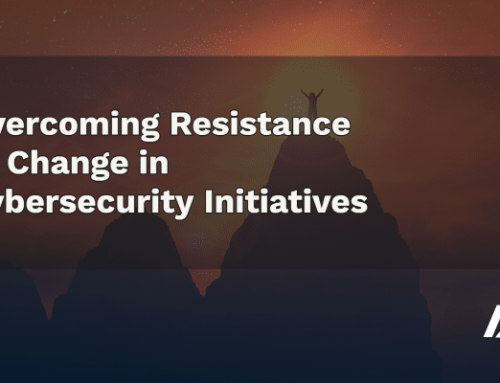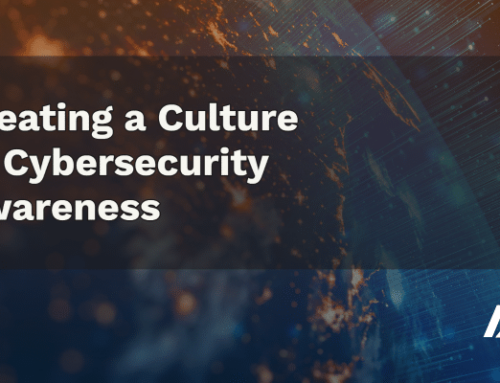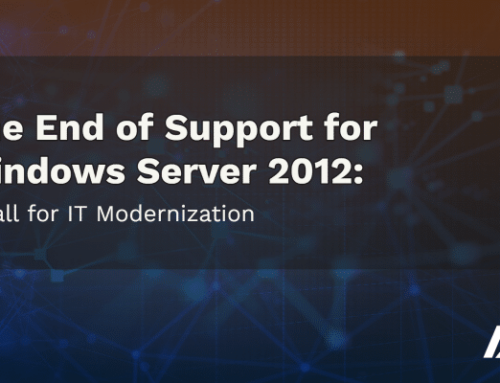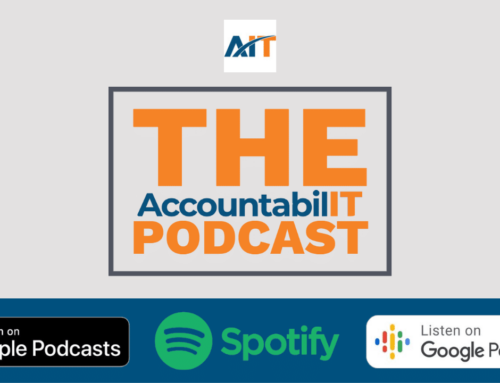The Evolution of Server Operating Systems
For IT professionals and Managed Service Providers (MSPs), Windows Server is a computing cornerstone. With the advent of Windows Server 2022 in August 2021, the technology continues to evolve. However, a significant portion of organizations are still operating on Windows Server 2012, and it’s crucial to note that its support period is nearing its end. From October 10, 2023, Microsoft will stop providing patches, software, and security updates for Windows Server 2012. This support termination escalates the potential for cyber threats, including malware attacks, ransomware, and performance degradation due to outdated systems or harmful activities such as data or cryptocurrency mining. But fear not; we’re here to guide you through what you need to know.
Preparing for the Transition
A Timely Approach It’s important to understand that upgrading your server can be lengthy, potentially taking up to a year. So, if you still need to start your upgrade plan, it’s time. The most recent version you can upgrade to from 2012 or 2012 R2 is Windows Server 2022. Remember that you can only upgrade Windows Server through two versions at most. Upon reaching October 10, 2023, the designated end-of-life date for Windows Server 2012, your systems will cease to receive security updates. This cessation can expose your systems to increased cyber threats and potential compliance violations.
Advantages of Transitioning
Beyond the security implications, upgrading to a newer version of Windows Server offers several benefits. Windows Server 2019 and 2022 represent advanced stages in operating system development, offering enhanced system speed and new features, including storage migration, system insights, and the Azure network adapter.
Understanding the Lifecycle of Support
If you cannot upgrade to the latest Microsoft Server immediately, it’s essential to comprehend the product support lifecycle. Like all Windows Server editions, Windows Server 2012 adheres to Microsoft’s Fixed Lifecycle Policy. This policy guarantees five years of Mainstream Support, succeeded by five years of Extended Support.
The Extended Security Update (ESU) Alternative: Only applicable to Server 2012 instances that started in Azure
For those who need to continue using Windows Server 2012 beyond the extended support date, Microsoft offers a premium plan known as Extended Security Update (ESU). This only applies to Server 2012 instances that started in Azure and it allows you to receive updates, security, and patch management support for up to three years after the Extended Support period ends. ESU is free on Azure but incurs an annual cost for on-premises use.
Conclusion
Act Now While ESU can provide a temporary solution, there are more sustainable strategies. The costs can quickly escalate, and it only postpones the inevitable need to upgrade. Therefore, it’s best to begin planning your upgrade as soon as possible. Contact us today to start your Windows Server 2012 transition plan.

